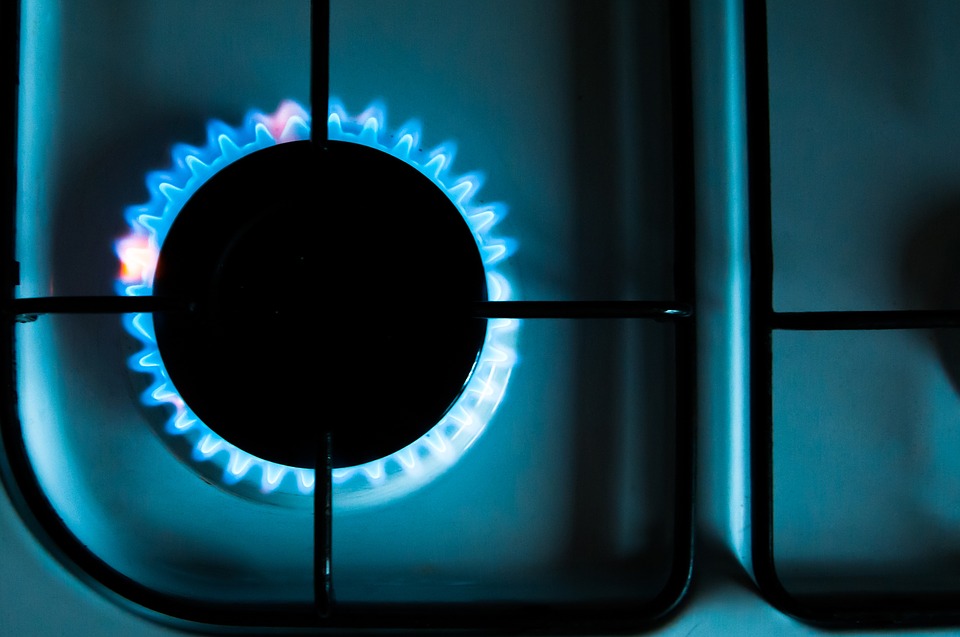U.S. natural gas futures rose about 3% on Thursday as the amount of gas flowing to liquefied natural gas (LNG) export plants rose to a fresh eight-month high, with Freeport LNG’s plant in Texas receiving lots of gas as it prepares to exit a long outage.

That price increase came despite forecasts for less cold weather and lower heating demand over the next two weeks than previously expected and ahead of a federal report expected to show last week’s storage withdrawal was smaller than usual as mild weather kept heating demand low.
Analysts forecast U.S. utilities pulled just 109 billion cubic feet (bcf) of gas from storage during the week ended Feb. 10. That compares with a decrease of 195 bcf in the same week last year and a five-year (2018-2022) average decline of 166 bcf.
If correct, last week’s decrease would cut stockpiles to 2.257 trillion cubic feet (tcf), or 8.4% above the five-year average of 2.083 tcf for this time of year.
Front-month gas futures for March delivery rose 7.2 cents, or 2.9%, to $2.543 per million British thermal units at 8:16 a.m. EST (1316 GMT).
The amount of gas flowing to U.S. LNG export plants was on track to reach 13.3 billion cubic feet per day (bcfd) on Thursday, the highest since May 2022, due to a rapid increase in flows to Freeport LNG’s export plant in Texas as the facility prepares to exit an eight-month outage caused by a fire in June 2022.
Freeport LNG, the second-biggest U.S. LNG export plant, was on track to pull in 0.5 bcfd of gas from pipelines for a fourth day in a row on Thursday, according to data provider Refinitiv. When operating at full power, Freeport LNG can turn about 2.1 bcfd of gas into LNG for export.
Earlier this week, Freeport LNG asked federal regulators for permission to put the first phase of its restart plan into commercial operation. Phase 1 includes the full operation of the plant’s three liquefaction trains, which turn gas into LNG, two storage tanks and one LNG loading dock.
Energy regulators and analysts, however, have said they do not expect Freeport LNG to return to full commercial operation until mid-March or later.
A couple of Freeport LNG’s customers – Japan’s JERA and Osaka Gas – have said they do not expect to get LNG from the plant until after March.
Federal regulators approved the restart of Freeport LNG liquefaction Train 3, but have not authorized the facility to commence liquefaction operations. Freeport LNG still needs permission from regulators to place new LNG in the tanks and transfer it to ships.
The LNG that Freeport LNG has loaded on ships over the past several days is old LNG that was already in the tanks. LNG Rosenrot, the third vessel to pick up LNG from the plant this week, left the plant on Wednesday, according to Refinitiv ship tracking data.
U.S. GAS OUTPUT
Refinitiv said average gas output in the U.S. Lower 48 states fell from 98.3 bcfd in January to 97.1 bcfd so far in February, after extreme cold earlier in February froze oil and gas wells in several producing basins. That compared with a monthly record of 99.8 bcfd in November 2022.
Meteorologists forecast the weather would remain mostly near normal through March 3 except for some cold days around Feb. 17-18 and Feb. 24-March 1.
With colder weather coming, Refinitiv forecast U.S. gas demand, including exports, would rise from 116.8 bcfd this week to 119.1 bcfd next week. Those forecasts were lower than Refinitiv’s outlook on Wednesday.



